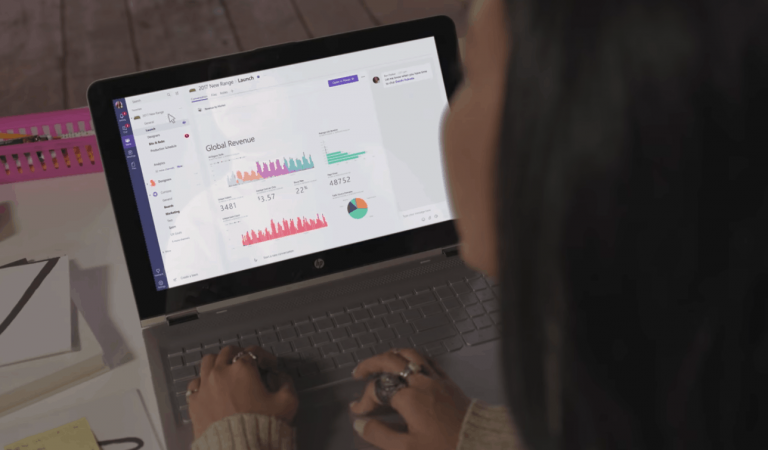Microsoft Teams has been evolving pretty fast since its launch in March, and Microsoft is still hard to work to make it become a true replacement for Skype for Business. This month, the team collaboration app gained several new features inspired by customer feedback, and Microsoft detailed all them in a blog post yesterday.
First of all, IT admins can now use a PowerShell module for configuring ana managing teams, and you can learn more about it on this page. For less technical users, Microsoft has also added two new usage reports in the Office 365 admin center, which can show IT admins how employees use the teams communication hub.
For team owners, it’s now possible to control who can post in the “General” channel, which is created automatically for every new team. “You can choose between three settings – allow everybody to post, limit posting to team owners only, or allow all team members to post but remind them that their message will be seen by many people,” explained Microsoft.
Next, the settings section has been completely rebuilt this month, and you can now customize your app theme, language, and notifications settings all in one place. You can still access this section by clicking on your profile picture and then selecting Settings.
You may also have noticed new chat features this month, including the ability to hide inactive chats and leave group chats. After leaving a group chat, be aware that you will still be able to see the chat history until the moment you decided to leave.
Last but not least, you can find a couple of new bots, tabs and connectors from Adobe Creative Cloud, Adobe Sign, GitHub, Sociabble and more. “Each month, we are adding more apps and services so that you can truly customize your Teams experience and get work done more efficiently,” explained Microsoft.
That’s all for this month, and there is a lot to like about all these latest additions. Unfortunately, we also learned this week that Guest Access for Microsoft Accounts, which was supposed to launch a couple of weeks after Azure AD accounts has been delayed to next year. “It is just a very difficult feature for us to implement as it requires work from multiple engineering groups across the company,” explained Program Manager Suphatra Rufo.






